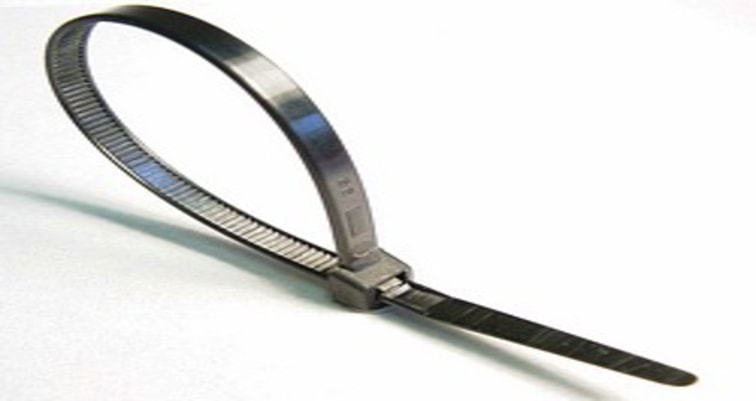4 Checklist Features When Buying Cable Ties

When buying cable ties, it’s not right to believe that all are the same. The ties might be in the same category but every manufacturer makes products with distinct features. Cable ties are not just looping self-locking plastic strips. They have differences in size, construction, and temperature rating. Additionally, cable ties have special features making them suitable for different applications. To help you make the right choice, here are 4 checklist features when buying cable ties.
One-piece or two-piece construction
One-piece cable ties have everything including the locking mechanism molded into one material. These cable ties are considerably low-priced compared to their two-piece counterparts. One-piece construction ties are more appropriate for home or office applications. Alternatively, two-piece cable ties offer better performance.
These come with a stainless steel lock mechanism incorporated in the head of the tie. The locking mechanism supports two-piece ties to get adjusted for the right fit around cables. This comes with less risk of over-tightening. Two-piece ties cost a bit more than one-piece ties but have extra perks including a smooth profile and high resistance to breaking.
Material
Cable ties come in various materials with specific properties. Secure cable ties are made of the finest virgin Nylon 6/6 and highly resist weather and ultraviolet rays when in a low-temperature environment. These cables come in black or natural color. For applications in harsh environments requiring extra durability in presence of chemicals heat, chemicals, or other corrosive materials stainless steel ties are a better option. A reliable supplier can customize your cable ties for security packaging or promoting your brand.
Length
It’s important to understand that cable ties come in lengths ranging from 3.9 to 40 inches. Ensure to determine the diameter of what you’re to tie to ensure you purchase cable ties with the right length. It’s better to buy longer ties than shorter ones. This is because you can just trim longer ties that using short ones that can’t fit. You’ll end up returning them which is time-consuming and costly. Therefore, it’s better to purchase cable ties from a company offering a range of length options.
Special features
Your requirement for cable ties determines the nature of ties to buy. It will help you decide whether to go for cable ties with a standard design or those with some extra features. Most cable ties lock permanently but you might need a type that can be untied without cutting. Therefore, it pays to determine whether your supplier offers a range of releasable cable ties.
Perhaps your tying application requires mounting onto surfaces. You have to purchase mounted head ties. These have heads with holes for screwing onto surfaces. Cable ties also come in various colors to meet your specifications. This will come in handy when you’re to color code your tying process. Additionally, you have a chance to choose cable ties to match your décor and equipment.
Bottom line
Cable ties come in various designs, lengths, minimum tensile strength, and width among other features. It pays to understand your tying needs before purchasing ties. Luckily, a reliable supplier will have a range of options to help you make the right choice.


